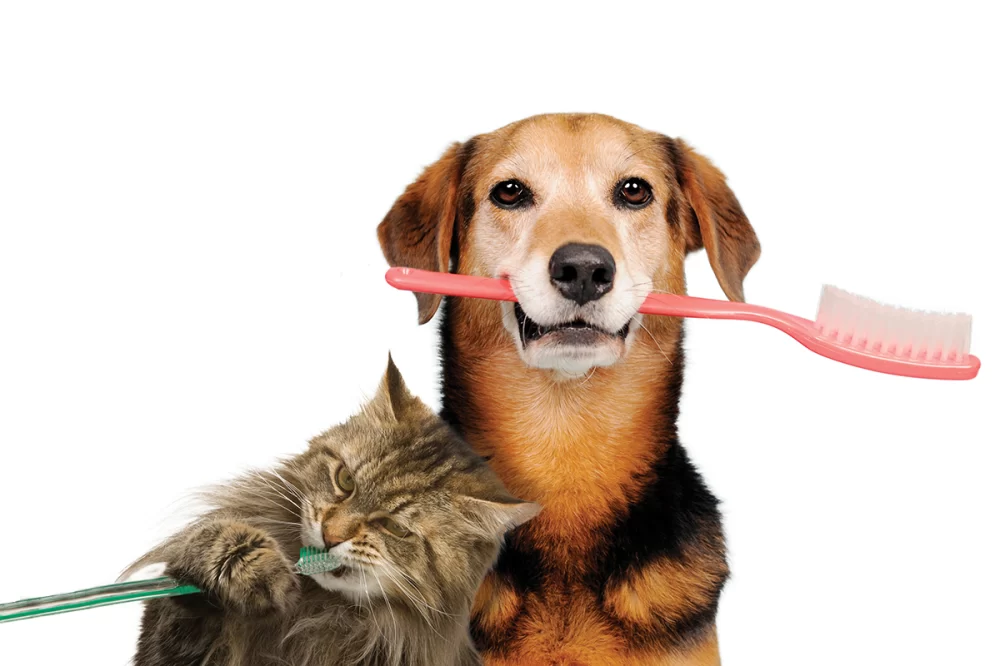How to Effectively Handle Pet Dental Emergencies and Ensure Your Pet's Well-being
As a pet owner, it’s crucial to know how to handle pet dental emergencies when they arise. Our pets rely on us not only for food, shelter, and love, but also for the care of their health, which includes their teeth. When your pet experiences a dental emergency, it can be frightening and overwhelming, but knowing how to react can make all the difference in the outcome. In this article, I’ll share some insights on how to recognize dental emergencies in pets, how to manage them, and when to seek professional veterinary care.
1. What Constitutes a Pet Dental Emergency?
Many pet owners are unaware that dental health is just as important for their pets as it is for humans. A dental emergency refers to a situation where your pet’s oral health is at risk, causing pain, infection, or further complications. These emergencies can arise suddenly, and it’s essential to recognize the signs early. Some common dental emergencies in pets include:
- Broken or fractured teeth: Pets, especially dogs, can break their teeth by chewing on hard objects like bones or toys. This can cause excruciating pain and, if left untreated, lead to infection.
- Abscesses or infected gums: A swollen, painful area near the gum line can be a sign of an infection. This needs immediate attention to avoid further spread of the infection.
- Severe gum disease: If your pet has chronic gum disease, it can progress to the point where teeth become loose or fall out, causing significant pain and discomfort.
- Difficulty eating or loss of appetite: If your pet is refusing to eat or is struggling to chew, it could be due to dental pain. This is a clear sign that something is wrong.
- Excessive drooling or bad breath: Persistent bad breath, or an excessive amount of drool, can indicate dental issues like infections or decay.
2. How to Manage Pet Dental Emergencies at Home
While it’s always best to seek professional help from a veterinarian for a dental emergency, there are a few steps you can take to manage the situation at home until you can get to the clinic.
2.1. Stop the Bleeding
If your pet has suffered a traumatic injury to the mouth, such as a broken tooth or cut gums, it’s important to stop the bleeding. You can use a clean cloth or gauze to apply gentle pressure to the affected area. If the bleeding doesn’t stop after a few minutes, contact your vet immediately.
2.2. Keep Your Pet Calm
Dental emergencies can cause a lot of distress for your pet, especially if they are in pain. Try to keep them calm and still to prevent further injury. You may need to keep them in a quiet, comfortable space while you prepare to take them to the veterinarian.
2.3. Use Cold Compresses
If your pet has swelling in their mouth or face due to a dental injury, applying a cold compress to the area can help reduce inflammation and relieve pain. Wrap ice in a cloth and gently hold it to the swollen area for 10-15 minutes at a time. This can provide temporary relief while you seek professional care.
3. When Should You Seek Veterinary Care?
As a pet parent, it can be difficult to know when to call the vet. While minor dental issues, like some tartar buildup, can wait for a routine checkup, dental emergencies require immediate attention. Here are some situations where you should contact a veterinarian right away:
- If your pet is in significant pain, indicated by whining, pawing at their mouth, or reluctance to eat or drink.
- If there’s severe bleeding from the mouth or a broken tooth.
- If your pet has a noticeable infection or abscess, characterized by swelling or foul odor.
- If you suspect your pet is choking on something they’ve eaten or chewed.
- If your pet shows signs of fever or lethargy, which could indicate a systemic infection.
4. How Veterinarians Handle Pet Dental Emergencies
When you bring your pet to the vet for a dental emergency, they will conduct a thorough examination to assess the situation. The veterinarian may perform diagnostic imaging, such as X-rays, to understand the extent of the injury or infection. Depending on the issue, treatments may include:
- Tooth extraction: If a tooth is broken beyond repair or infected, your vet may recommend extraction to alleviate pain and prevent further complications.
- Root canal treatment: In some cases, a root canal can save a damaged tooth and prevent infection.
- Antibiotics: If there’s an infection, your vet may prescribe antibiotics to help fight the infection.
- Dental cleaning: A professional dental cleaning may be necessary to remove plaque and tartar buildup, reducing the risk of gum disease.
5. Preventing Future Pet Dental Emergencies
Once your pet has recovered from a dental emergency, it’s important to establish a dental care routine to help prevent future issues. Regular dental checkups, daily brushing, and providing dental chews can help maintain healthy teeth and gums. Remember, preventing dental problems is always easier than dealing with an emergency!
I’ve learned from experience how crucial it is to stay vigilant and proactive about my pet’s dental health. Whether you’ve been through a dental emergency or want to avoid one, the right steps can keep your pet happy, healthy, and pain-free. I highly recommend scheduling regular vet checkups to ensure your pet’s oral health is in top shape.
For the best pet dental care advice, consider visiting our trusted clinic at Hidden Brook Veterinary for personalized care and recommendations tailored to your pet’s needs.












